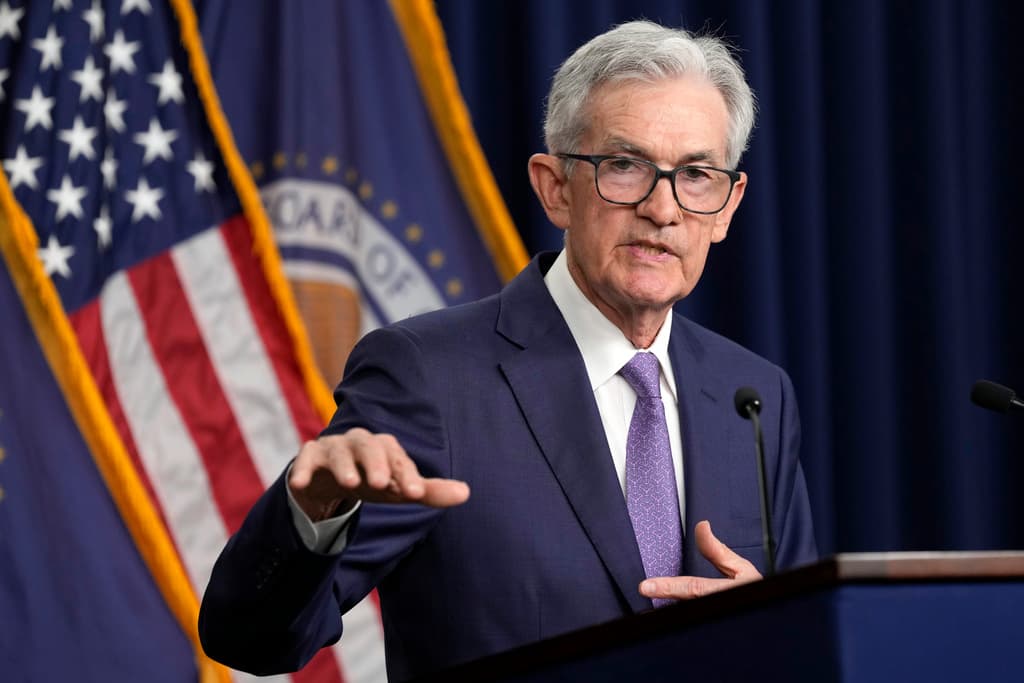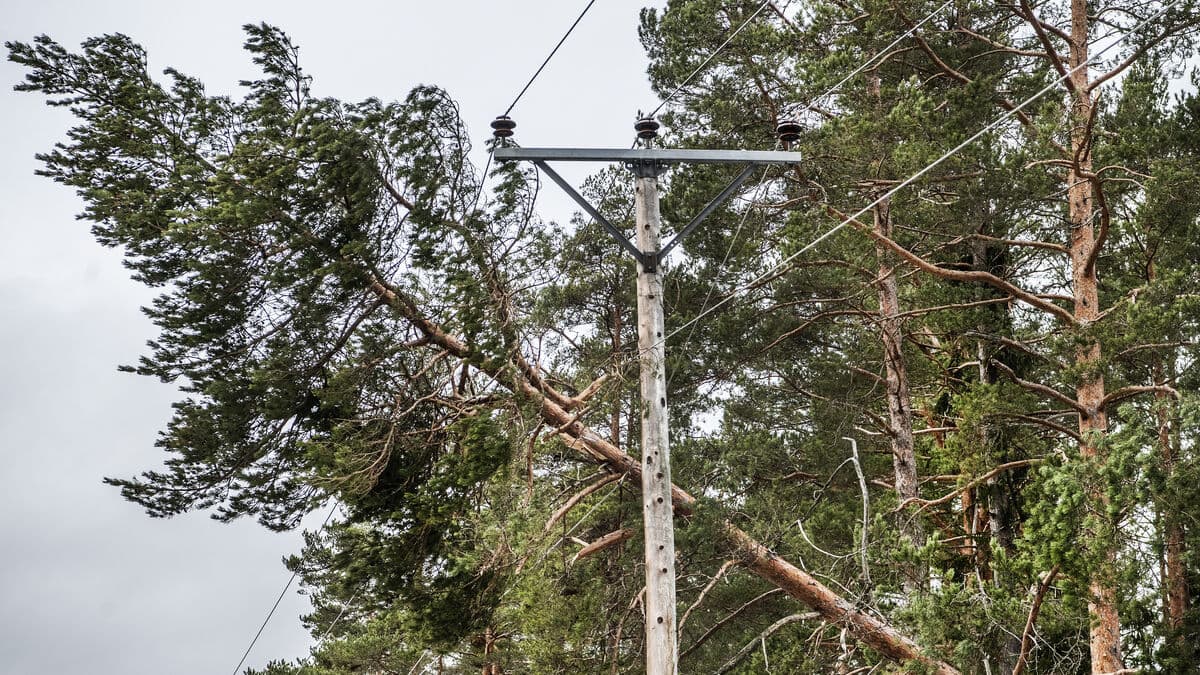The risks of keeping the interest rate at the current level are starting to increase, and therefore, the Federal Reserve (Fed) is likely to lower the interest rate in the fall, according to Elisabet Kopelman.
We are approaching a point where the interest rate needs to be lowered, but it's not now in July. The Fed sees that the market has started to price in future easing, so they don't need to hurry.
Inflation slowly decreasing
Inflation in the US was at 2.5 percent in June, according to the PCE measure. It was only slightly lower than the May inflation rate of 2.6 percent and slightly higher than the consensus forecast from analysts, who predicted 2.4 percent, according to Bloomberg. But it's probably not something that will affect the Fed's decision, Kopelman believes.
What could have made them lower the interest rate now in July would have been if they received worrying signals from the labor market, but it's still strong and unemployment is low in the US, she says.
A situation all central banks want to avoid is for unemployment to rise sharply after waiting too long for an interest rate cut. If you go in and lower the interest rate only then, it's already too late, and rising unemployment can lead to recession.
The longer you wait, the greater the risk. We're approaching that point, but we're not there yet, says Elisabet Kopelman, and continues:
The Fed has been burned before when they've been on the starting blocks to lower the interest rate, and inflation has instead surged.
The Swedish Central Bank expects a cautious Fed
When the Fed moves towards interest rate cuts, it also makes it easier for central banks in the rest of the world to do the same.
The Swedish Central Bank has opened up for two or three interest rate cuts in the fall. The next interest rate decision will come in August, and many expect the first cut to come then.
Can those expectations be dashed if the Fed now waits to lower its key interest rate?
I think the Swedish Central Bank already expects the Fed to wait. What Swedish economy signals is probably more important for them. The important thing is rather what the Fed signals in connection with the decision, whether they open up for interest rate cuts in the fall, which they have the opportunity to do both now and in August. If the Fed signals that they see an upswing, it could complicate the Swedish Central Bank's plans, but that's not what we're seeing.





